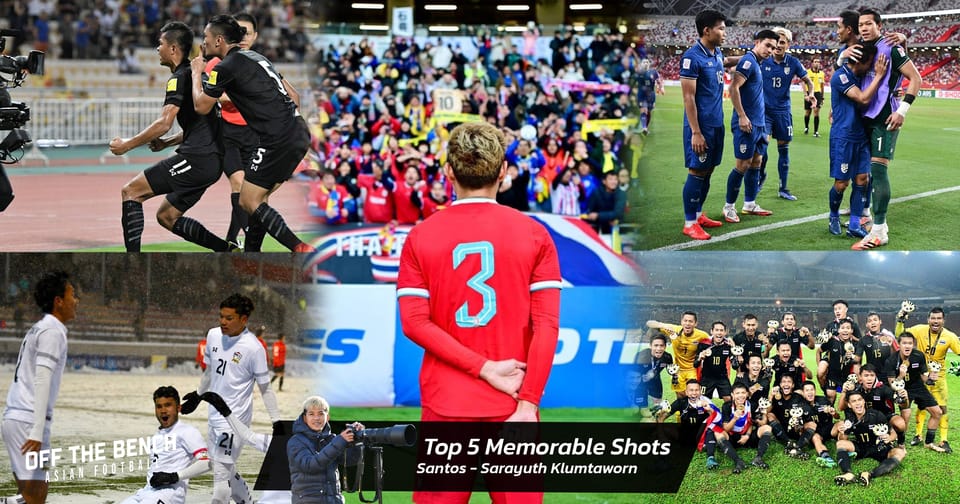Flying with the Dragon: 10 Insights into Chinese Football with Guru Sarunyoo Yongpanich
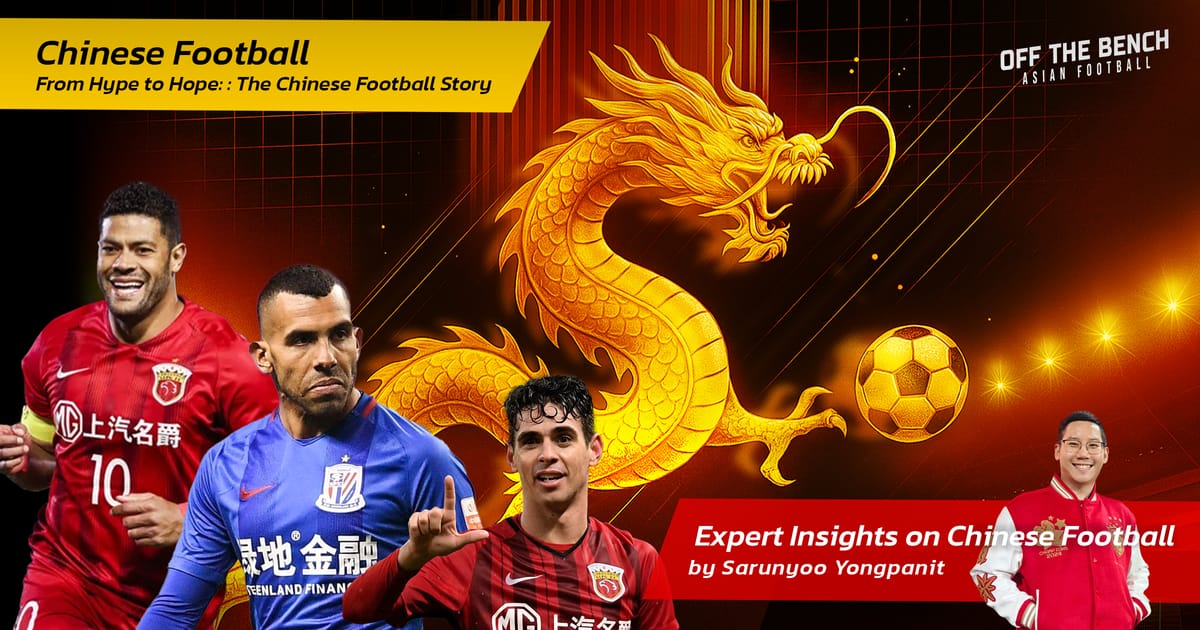
When talking about Asian football, most Thai fans immediately think of Japan’s J.League. With its quality gameplay, televised matches, and familiar Thai faces on the pitch, it’s no surprise. Yet beyond the islands, on the vast mainland, lies another football powerhouse worth exploring: the Chinese Super League (CSL).
Packed with intense competition, massive club investments, and high-profile international players, the CSL has emerged as an intriguing option for fans looking beyond the usual football narratives.
To understand what truly makes Chinese football tick, we at Off The Bench sat down with one of Thailand’s foremost China football experts, Mr. Sarunyoo "Eam" Yongpanit.

1. A Spark from Academia
“My passion for Chinese football began during my master’s degree studies, where I stumbled upon China’s National Sports Development Plan.”
In the early 2010s, under the leadership of President Xi Jinping, China launched a bold initiative to become a global football powerhouse. Their three main goals? Host the FIFA World Cup, qualify regularly, and eventually win it.
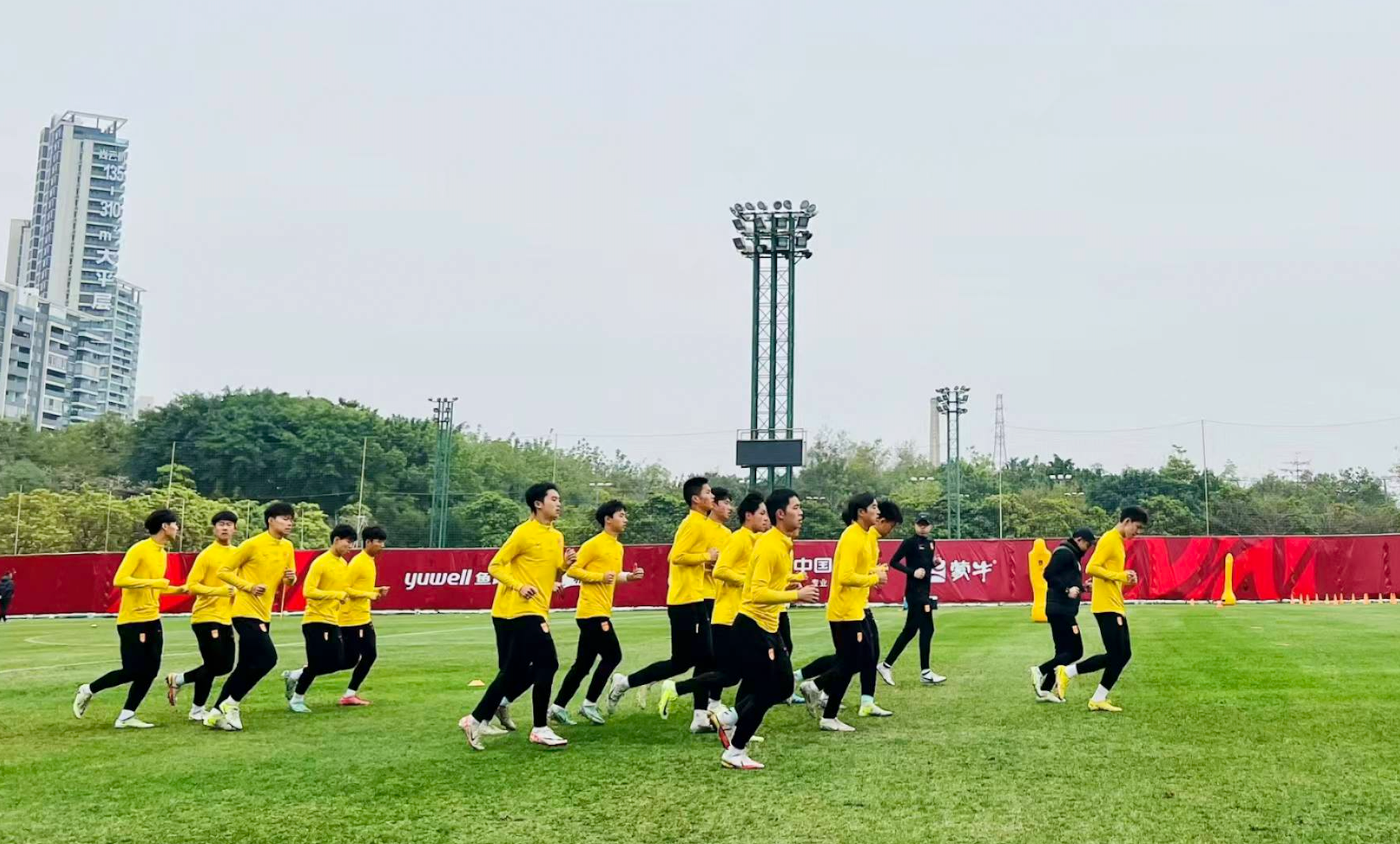
To meet these goals, the Chinese government mobilized public and private sectors to pour massive investment into the sport.
At the time, Mr. Sarunyoo was pursuing his master’s degree when he found himself immersed in China’s national sports strategy — a moment that would spark a long-lasting passion for Chinese football
2. "0.007%" — A Numbers Game
Despite having a population of over 1.4 billion, China had only around 100,000 registered professional football players(at that time) — a mere 0.007% of its citizens.
“Football just hasn’t been the sport Chinese parents push their children into. Compared to table tennis, golf, badminton, or even basketball, football ranks low in priority.”
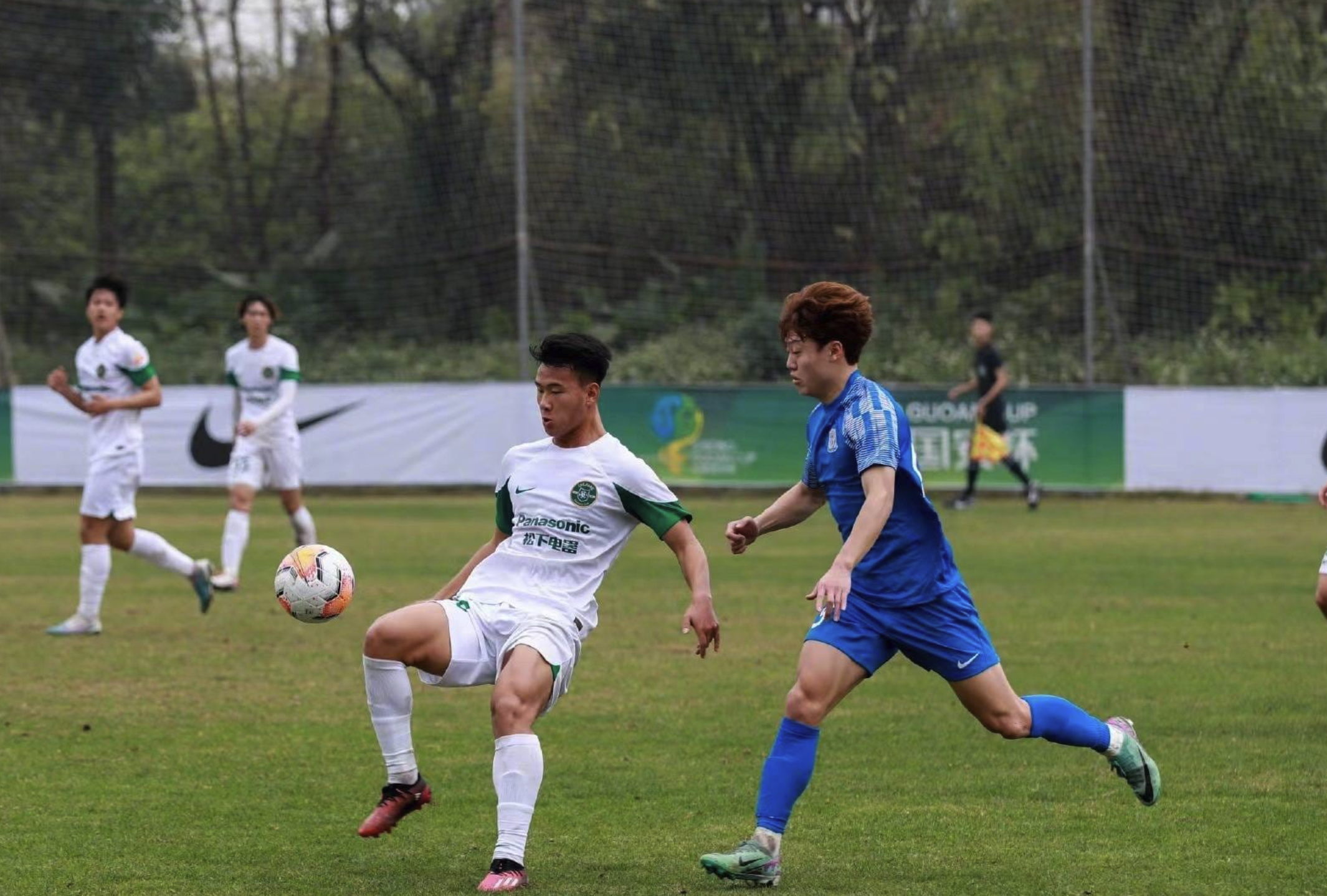
This mindset has long limited the talent pipeline in China.
Youth development has struggled to keep up with the ambitions of the national program.
3. Building the National Team from the Classroom
“The shortage is so severe that football is now part of the national school curriculum — not just an activity, but a formal subject in many regions.”
China tackled the issue by embedding football into school education, especially in pilot zones. Football periods became part of the weekly timetable, similar to activity classes.

Still, societal norms remain a challenge. Parents often prefer their children to pursue stable professions — doctors, lawyers, entertainers — rather than uncertain athletic careers. As a result, most kids stop playing competitively around age 14–15.
The dream of becoming a professional footballer — let alone making it in Europe — is almost nonexistent. Hence, China increasingly turned to naturalized players.
4. When Money Talks
“It’s like having a grown-up solve a child’s math problem — the foreigners are here to carry the team.”
Unable to rely on local players, clubs spent heavily to bring in foreign stars. With support from both the government and corporations, CSL clubs became financial juggernauts.
What set this period apart was the caliber of players: not retirees or has-beens, but top talents in their prime.
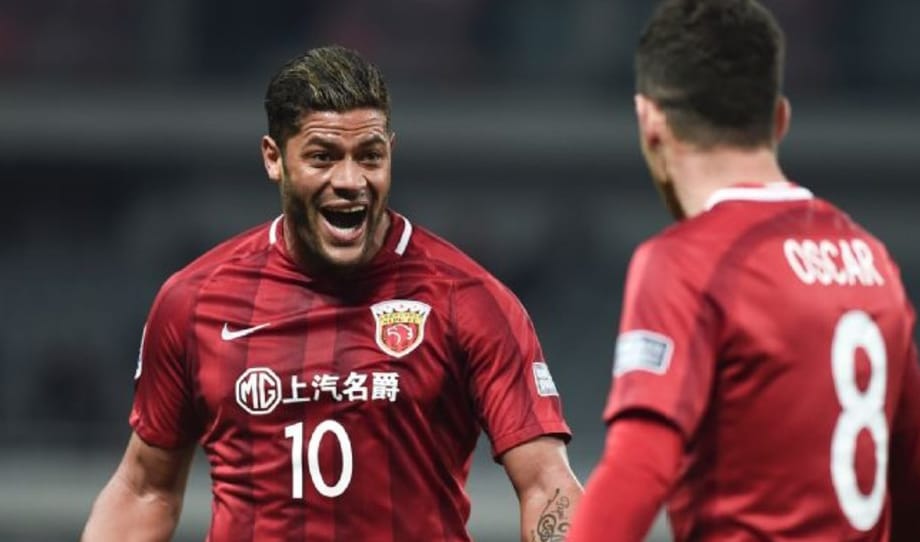
Names like Didier Drogba (Shanghai Shenhua), Carlos Tevez (Shanghai Shenhua), Oscar (Shanghai SIPG), Paulinho (Guangzhou Evergrande), Hulk (Shanghai SIPG), Nicolas Anelka (Shanghai Shenhua), and Javier Mascherano (Hebei China Fortune) came flooding in.
It mirrored today’s Saudi Pro League boom.
These stars were paid handsomely — Oscar reportedly earned over €20 million per year.
5. China’s Hogwarts of Football
“Kids across China once dreamed of studying there — it had everything a future footballer needed.”
To nurture homegrown talent, Guangzhou Evergrande established the Evergrande Football School in Qingyuan, Guangdong, investing over $185 million.
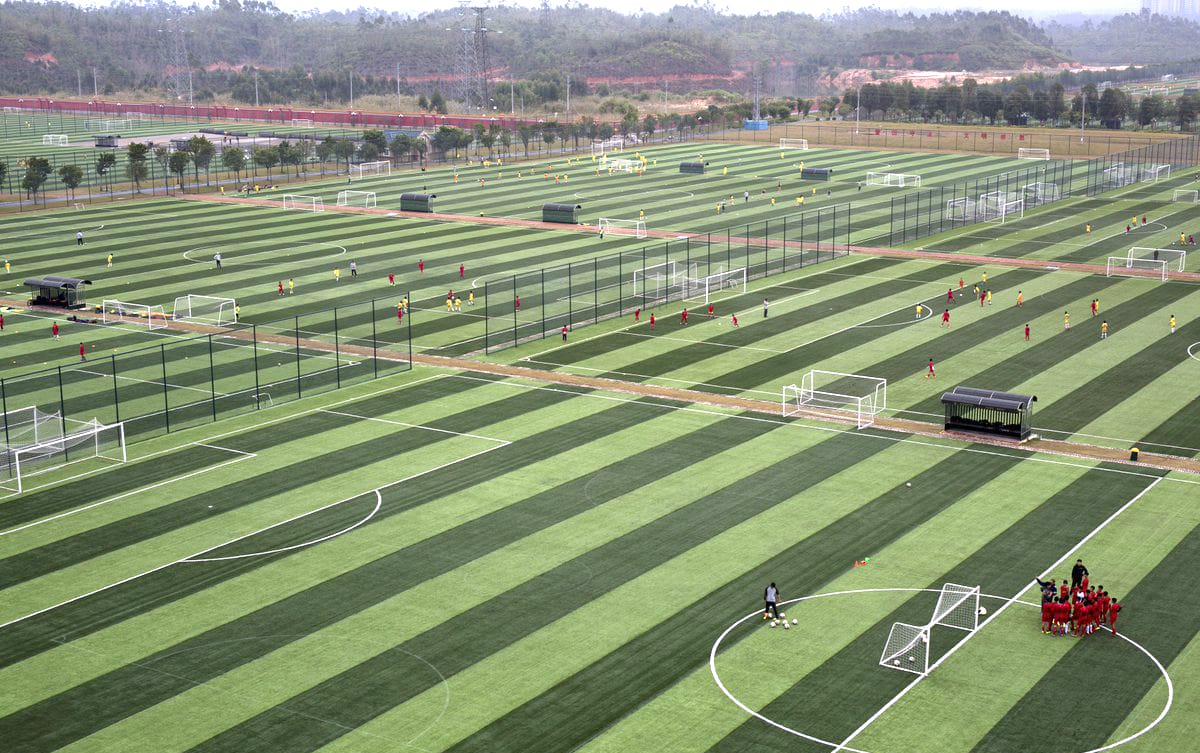
Modeled after Real Madrid’s academy, the school covered a vast area with 167 football fields, housing over 2,500 students annually.
However, Evergrande Group’s financial woes brought a halt to its ambitions. Budget cuts hit the school hard, reducing its stature. Still, some students have begun to break through, showing the investment wasn’t in vain.
6. When the Bubble Burst
“They brought in superstars, but locals still watched the Premier League and La Liga. The national team struggled. Something had to give.”
Spending outpaced development. Clubs lacked youth systems, sustainable revenue models, and fan loyalty.
The government introduced a Luxury Tax (100% surcharge on foreign player transfers above 45 million yuan) and foreign player limits.
Then came the COVID-19 pandemic, which crippled finances across the board. Clubs like Jiangsu Suning, who had just won the league in 2020, were forced to shut down entirely.
Most Chinese clubs relied on corporate owners — when parent companies faced financial trouble, the football teams folded.
7. Salary Cap Reality Check
“To stop the madness, the CFA had to step in with strict wage caps.”
Before regulations were introduced, Chinese clubs were notorious for offering astronomical wages to lure foreign talent.
For instance, Carlos Tevez reportedly earned around €38 million per year at Shanghai Shenhua, making him one of the highest-paid footballers globally at the time. Similarly, Oscar was paid over €20 million annually by Shanghai SIPG, while Hulk, Paulinho, and Ezequiel Lavezzi also received wages exceeding €10 million per year.
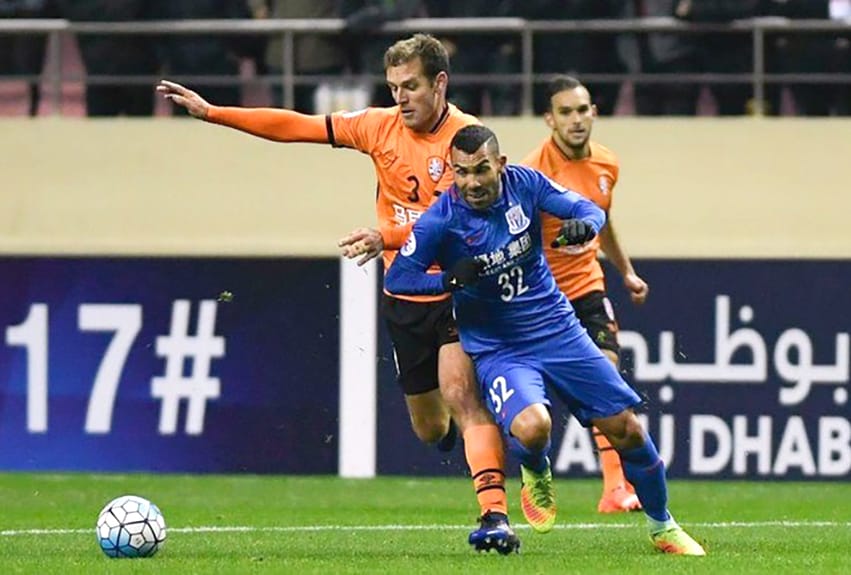
Recognizing the unsustainable nature of such spending, the Chinese Football Association (CFA) introduced salary cap measures to restore balance and promote domestic development:
- 2018:
- Local player salaries capped at 10 million yuan/year (~€1.3 million)
- National team players could earn up to 12 million yuan/year
- Taxes imposed on excessive foreign transfer fees (Luxury Tax)
- 2020:
- Foreign players' salaries capped at €3 million/year (post-tax)
- Clubs could not exceed 600 million yuan/year in total wage spending
- Of this, foreign player wage budget was limited to 75 million yuan
- Signing-on fees and bonuses were closely monitored to prevent circumvention
These changes marked the end of the CSL's spending spree. The era of lavish contracts came to an end, prompting a mass exodus of high-profile foreign players.
Clubs had to rethink their strategies and focus more on developing sustainable football ecosystems.
8. What Still Makes Chinese Football Special
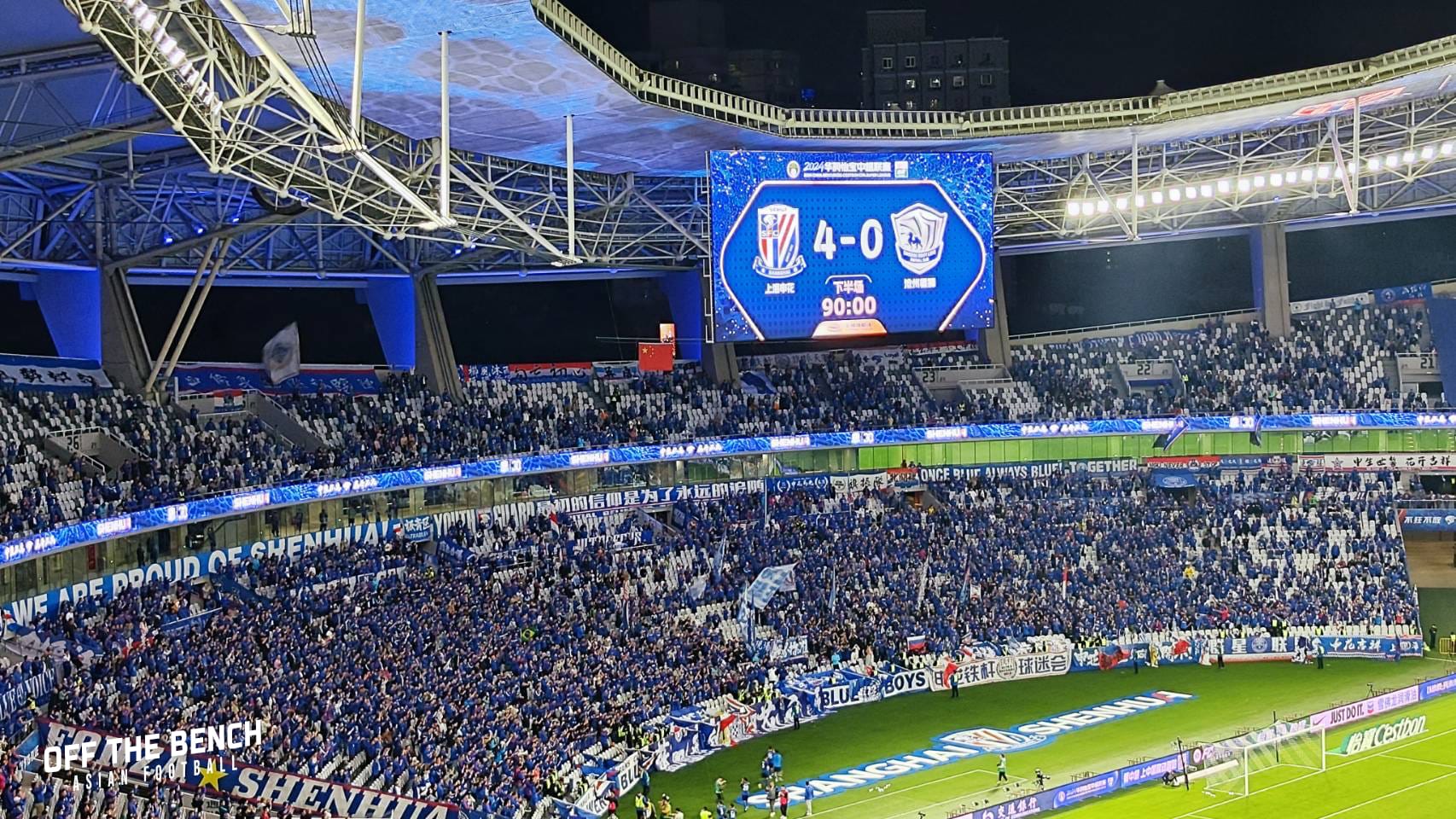
“In big matches, you can still see 40–50,000 fans in the stadium. That’s rare in Asia outside of Japan.”
Though the glamour has faded, infrastructure and logistics remain strong.
Chinese stadiums are modern, matchday organization is efficient, and cities offer top-tier transport access. Crowd dispersal post-match often takes just 10–15 minutes.
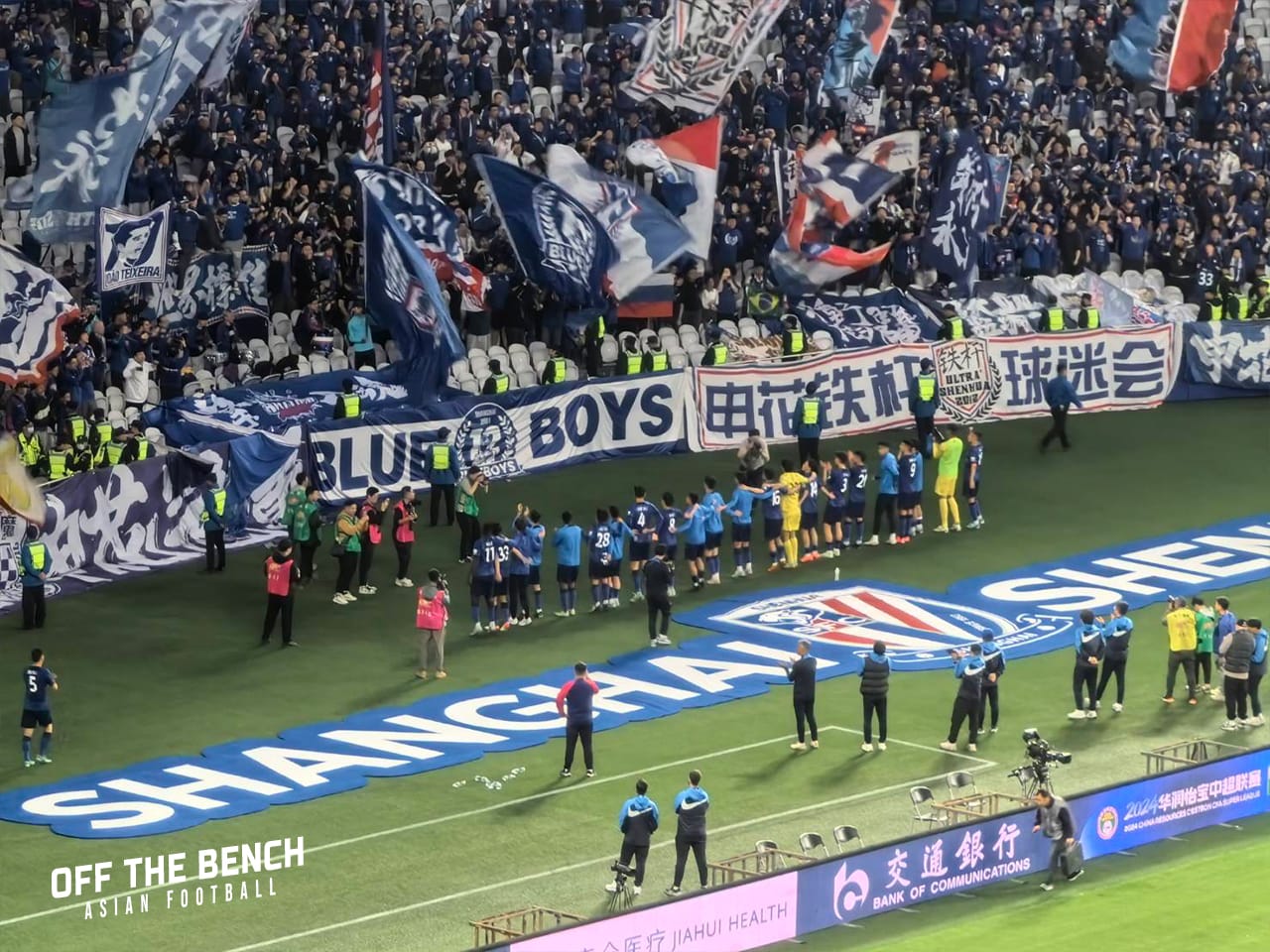
9. Shanghai Derby: The Pride of the City
“Shanghai people are known for their pride, confidence, and sense of sophistication — traits shaped by the city’s wealth and status as a financial hub.”
“This local character spills into football culture too. That’s why when two teams from Shanghai meet, it’s never just a football match — it’s a battle of ego, pride, and identity.”
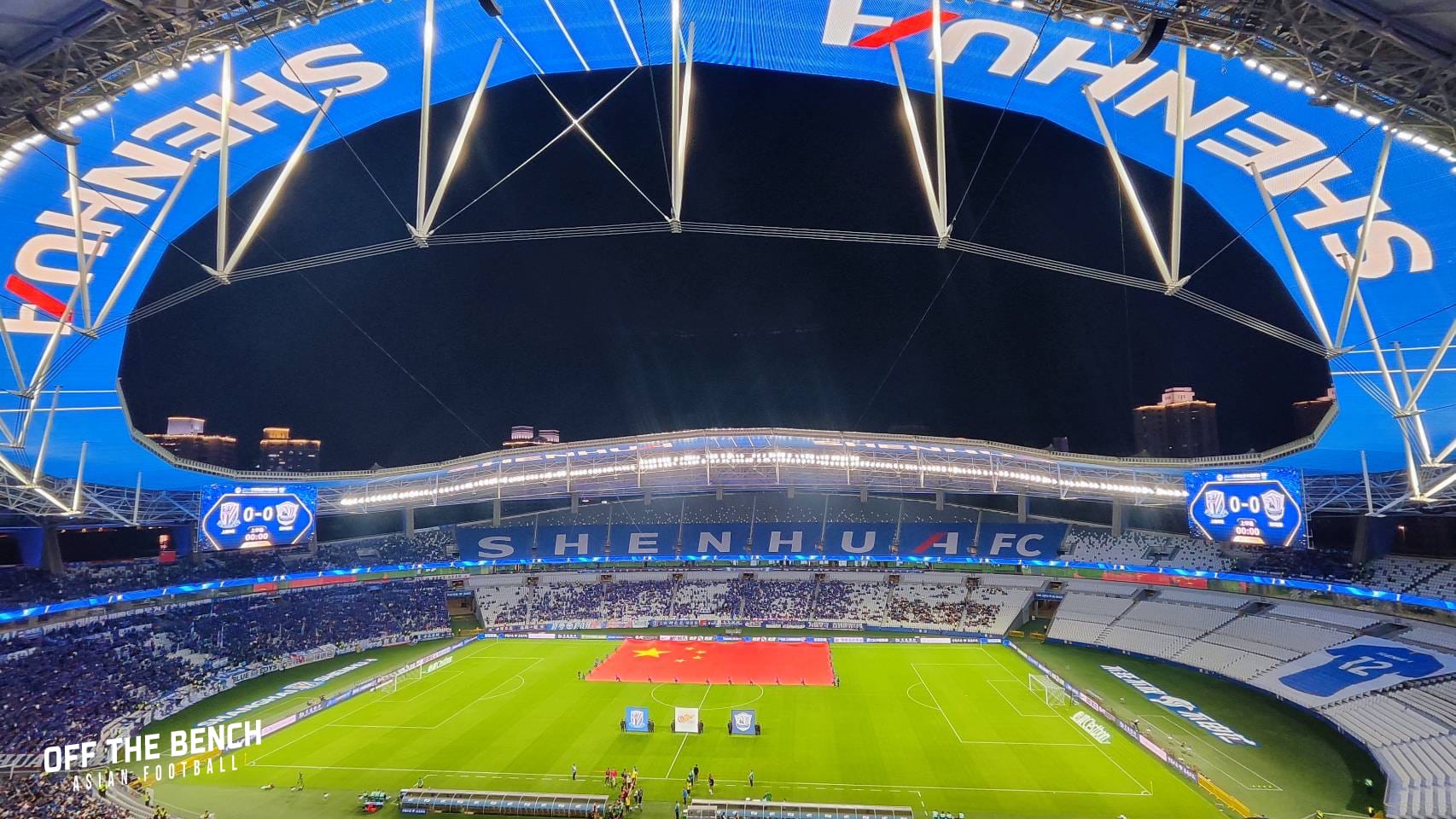
The Shanghai Derby pits Shanghai Port against Shanghai Shenhua — two clubs that represent not only different footballing philosophies but also two contrasting sides of Shanghai’s social identity.
• Shanghai Shenhua (上海申花) is a long-standing institution in Chinese football. Officially founded in 1993, its roots date back to the 1950s. Shenhua has traditionally been supported by state-owned enterprises, particularly in the transport sector.
With a strong fan base, rich history, and deep community ties, it has long been considered one of China’s most iconic clubs. The team has also been home to global stars like Nicolas Anelka, Didier Drogba, and Carlos Tevez, who all wore the blue shirt during the league’s big-spending era.
• Shanghai Port (上海海港), originally known as Shanghai SIPG, was founded in 2005. Initially a smaller club with modest ambitions, its transformation began when it received backing from the SIPG Group.
The club quickly rose through the ranks, and in 2021, rebranded as Shanghai Port. It made headlines by signing high-profile foreign talents like Oscar and Hulk, becoming a symbol of the league’s commercial era and modern football business.
10. Why China Isn’t Yet a Path for Thai Players
“If they can afford Oscar, money isn’t the issue. But with limited foreign slots, Thai players never really had a chance.”
With only a few foreign player spots, clubs preferred established names from Europe or South America. Even now, despite reduced spending, China isn’t the first choice for Thai footballers.
There are rare exceptions. Thai women’s national team players such as Panittha Jeeratanapavibul and Jiraporn Mongkondee, who currently play for Guangxi Pingguo Beinong in China, represent a small group of pioneers.
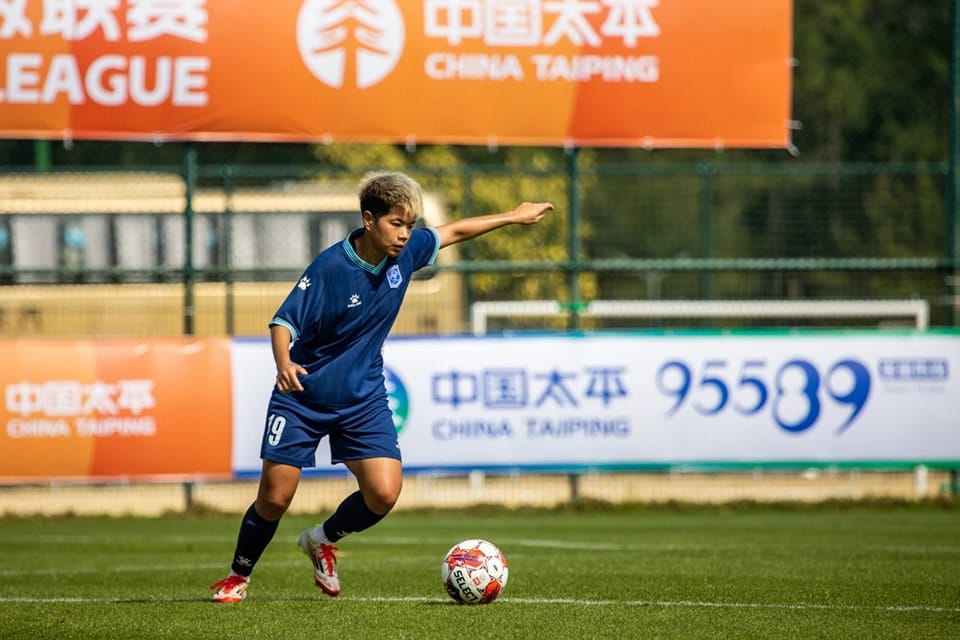
However, when it comes to Thai male players, most still set their sights on Japan’s J.League — a destination that offers more exposure, competitive structure, and a familiar environment when pursuing overseas opportunities.
Final Whistle
Chinese football is rebuilding from the rubble. Its golden age may have passed, but its potential remains.
The Great Wall wasn’t built in a day, and Chinese football won’t rise in one either. But they’re still building — and that matters.
Maybe one day, the CSL will become one of your favorite leagues to watch.
For more stories like this, follow: Chinese Super League Thailand on Facebook
Beyond the Game: Business and Development
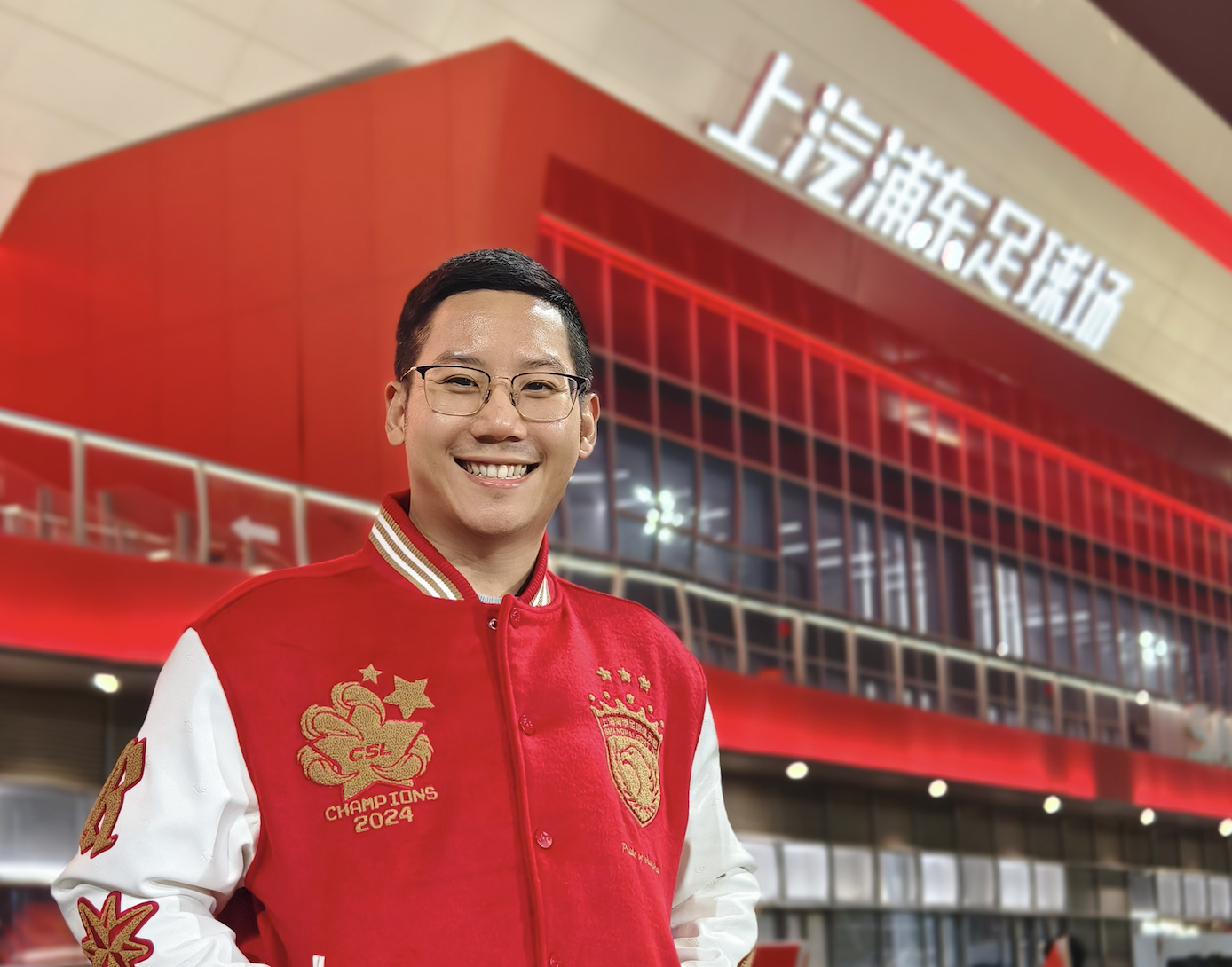
From research to real-world impact — Chinese football isn’t just a topic Mr. Sarunyoo studies, but something he has actively invested in.
Today, Mr. Sarunyoo has expanded his passion into business ventures. One of them is Westin Foshan Soccer Base, a full-service training complex located near Guangzhou, in Foshan city.
The facility offers a new kind of preseason experience for both national teams and clubs. With modern pitches, accommodation, catering, and access to regional opponents — some of whom are top-tier teams in the AFC system — it’s quickly becoming a popular destination for international training camps.

Westin Foshan represents that broader shift in Chinese football: from headline-chasing to foundation-building.
For clubs and national teams, especially youth squads, it provides more than just a training ground — it offers exposure to different environments, new opponents, cultural exchange, and meaningful team bonding.
In recent years, the youth team of Chiang Mai FC from Thailand has visited the base twice. Not only did they train, but they also played friendlies against Chinese and Korean clubs such as Beijing Guoan, Suwon Bluewings, and Gangwon FC.

The results were telling: that same Chiang Mai squad went on to make history by winning the men’s football championship at the 40th Thailand National Youth Games — the “Chalam Yuwachon Games” held in Chonburi.
It marked the province’s first national football title in over 11 years, and their first-ever gold medal in the history of the National Youth Games.
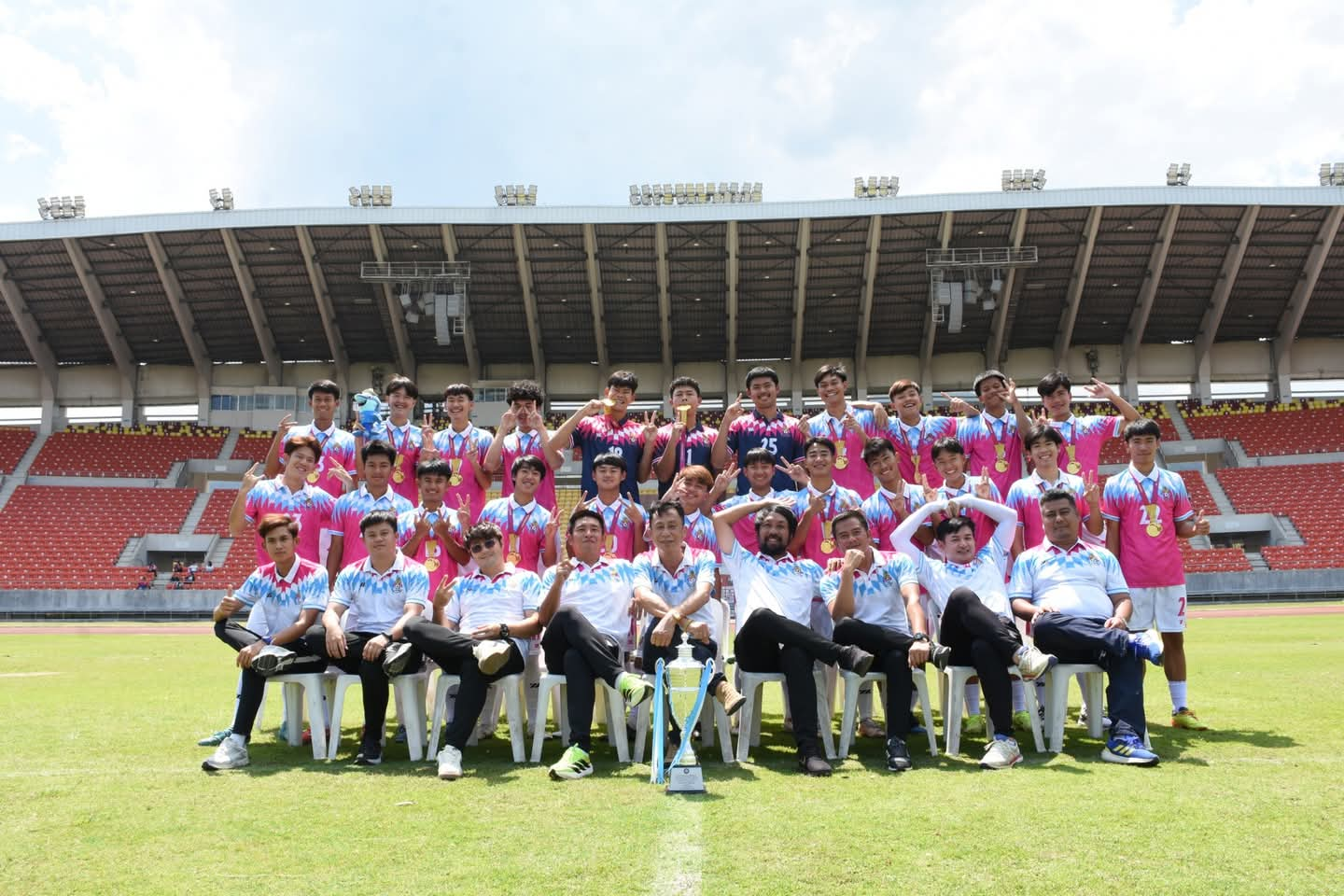
This is the kind of groundwork that defines real progress in football — not short-term buzz, but something solid enough to last.
This training base may well reflect a new direction in Chinese football — a shift away from flashy images and quick-fix investments, toward laying down real foundations.
And this time, the goal might not just be to impress, but to build something truly solid and built to last..


